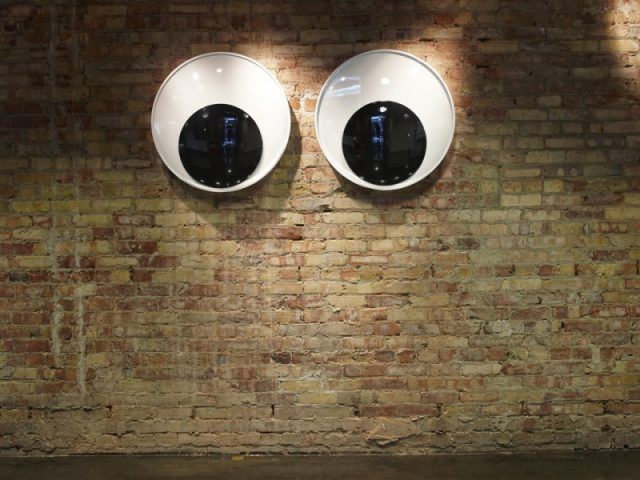In addition to reading about Marmalade Type, Tom Sachs’ Tea Ceremony, Water Pendulum, and Rapid Recap, I chose to respond to Philippe’s post of Christian Marclay’s the Clock.
Being able to compile a full 24 hour clock from movie clips demonstrates how important time and checking clocks is to us and to progressing the plot of a film. It’s interesting because the same does not go for equally ubiquitous (if nor more ubiquitous) tools in our culture such as smartphones, which seem to make an incredibly rare appearance in most contemporary, mainstream film, especially when compared to the portion of our daily time is sunk into using them. Obviously the smartphone is a lot newer than the clock, so only films released within the past decade or so would feature smartphones at all, but I’d be willing to bet clocks still play a larger role in film than smartphones do. The juxtaposition here shows how clocks have cemented themselves as an experience of information that warrants capturing. They can show something necessary that the audience is also interested in. The vast majority of phone usage (emails, social media updates, texts, etc), despite it maybe making the film more realistic, does nothing to progress a plot and is of little interest to the audience despite its obvious reliability.
